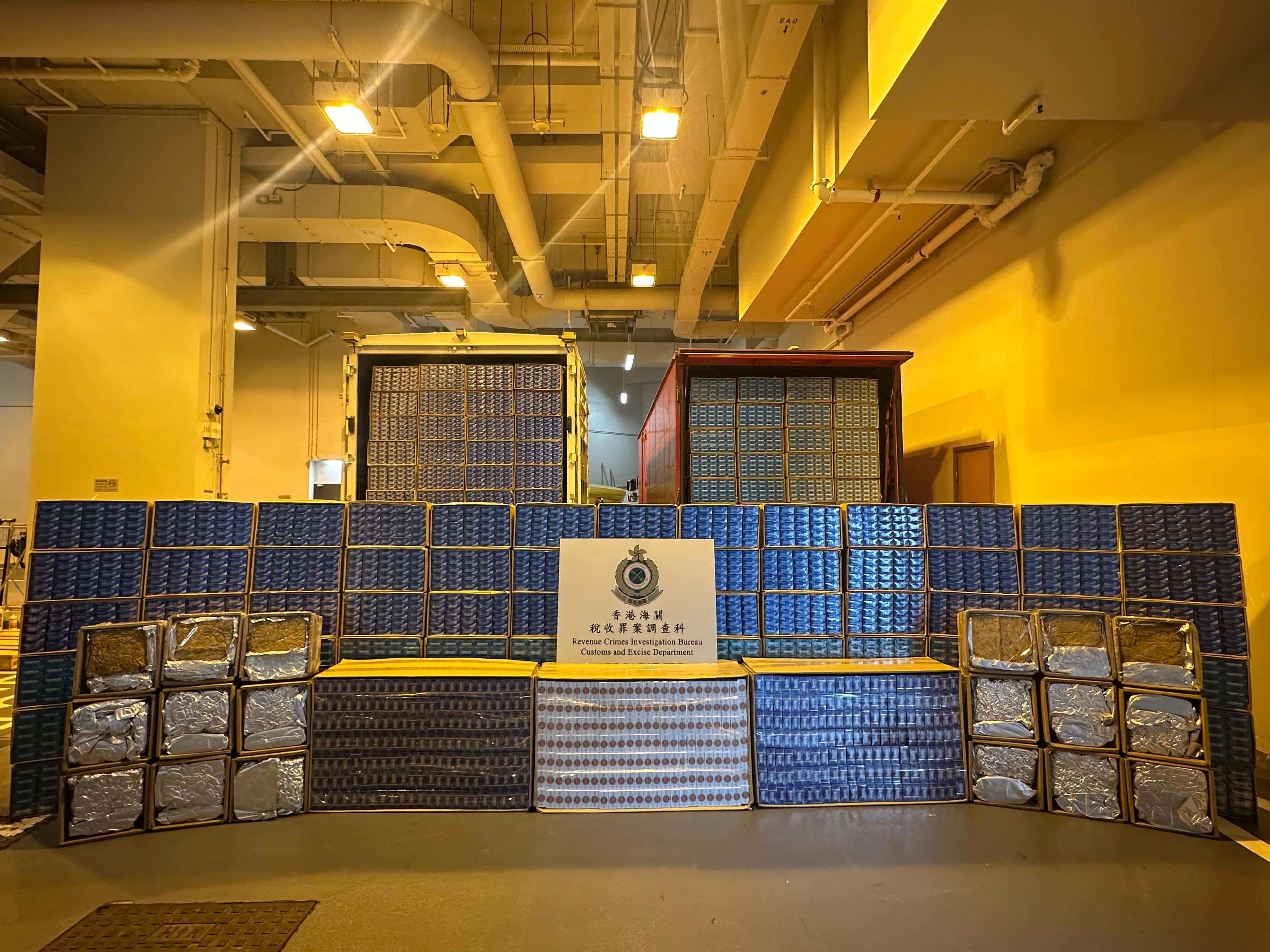35th Anniversary Reception of the Office of The Ombudsman celebrates commitment to promoting administrative justice and fairness
The following is issued on behalf of the Office of The Ombudsman.
The inaugural International Ombudsman Summit 2024, hosted by the Office of The Ombudsman, Hong Kong, was held today (December 3). The Summit coincided with the 35th anniversary of the establishment of the Office. To celebrate this important milestone, the 35th Anniversary Reception was also held this evening.
The Chief Executive, Mr John Lee, officiated at the Closing Ceremony of the Summit and the 35th Anniversary Reception Ceremony. The Deputy Commissioner, National Public Complaints and Proposals Administration, Mr Li Zijun; the Director-General of International Cooperation Department, National Commission of Supervision, Mr Cai Wei; the Deputy Director of the Liaison Office of the Central People's Government in the Hong Kong Special Administrative Region, Mr Liu Guangyuan; and the Ombudsman of the Hong Kong Special Administrative Region, China, Mr Jack Chan, also officiated at the Anniversary Reception Ceremony.
Speaking at the Anniversary Reception, Mr Lee commended the Office for working tirelessly to ensure a fair, efficient and accountable public administration. Furthermore, Mr Lee was pleased to see the Office's global presence, including in the International Ombudsman Institute and the Asian Ombudsman Association and its notable efforts in telling the good stories of Hong Kong under the "one country, two systems" principle.
The 35th Anniversary Reception received an overwhelming response. Apart from around 140 overseas and Mainland participants from about 40 countries from six continents including international ombudsmen, senior officers and international bodies' representatives. About 230 guests, including members of the Executive Council and the Legislative Council, senior government officials, chairpersons of chambers of commerce, and local professionals and academics, have joined the event.
With the belief to further enhance quality public administration, the Office has, at the Anniversary Reception, exchanged a Memorandum of Understanding on Bilateral Cooperation with representatives from eight countries and regions across five continents, witnessed by the Chief Executive. They include Ontario, Canada, and Hawaii, the US, in North America; Curaçao in South America; Slovakia in Europe; Indonesia, Korea and Macao in Asia; and Zambia in Africa. The signing ceremony was held at noon today at the Summit venue. The First Vice President of the International Ombudsman Institute, Mr Mohamed Benalilou, and the President of the Asian Ombudsman Association, Mr Ejaz Ahmad Qureshi, were also present to witness this important moment.
Mr Chan said, "Signing the Memorandum of Understanding can foster professional knowledge and information exchange, build long-term partnerships, and demonstrate Hong Kong's distinctive advantage of having strong support from the motherland and close connection with the world and our important role as a 'super connector' and 'super value-adder'."
Underscoring the significance of the Summit and the celebration activities to his Office, Ombudsman Chan said, "Thirty-five years ago, the Office of The Ombudsman embarked on a vital mission to promote administrative fairness, accountability, and transparency. Today, we stay committed to our calling and hold steadfast to the core values that have been guiding us to go from strength to strength. We pursue to provide better and more appropriate public services and bring about a stronger sense of happiness and fulfilment among members of the public."
On the day following the Summit and the 35th Anniversary Reception, i.e. December 4 (Wednesday), overseas guests will join an array of social and cultural programmes arranged by the Office, including a visit to the Legislative Council and the City Gallery, the Hong Kong Geopark Tour, city walk in Central and Mid-Levels, Wing Chun wellness workshop, Hong Kong Tram ride and night horse racing entertainment. These activities provide excellent opportunities for them to experience the exceptional charm of Hong Kong and its vitality and vibrancy as a dynamic city.
For more information on the Summit and the anniversary celebration programmes, please visit the dedicated website: www.ios2024.ombudsman.hk.
